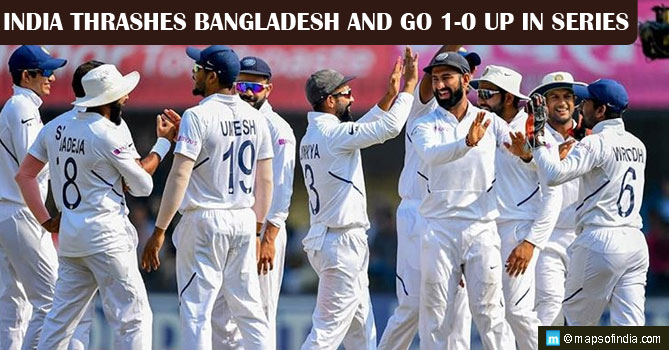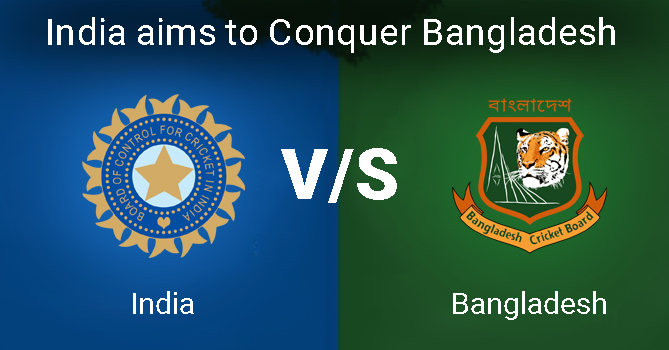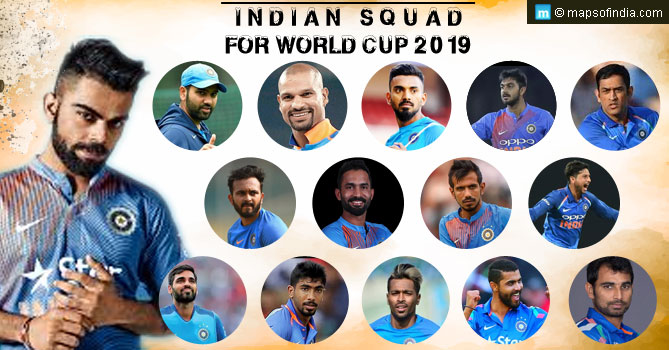Ladhabhai Nakum Amar Singh, known in cricketing circles as Amar Singh, was one of the finest seam bowling all-rounders to have emerged out of India in the pre-Independence era. He was born on December 4, 1910 in Gujarat. Along with the Indian national team, he represented the Hindus in the Pentangular Cup, Maharaja of Patiala’s XI, Nawanagar and Western India in the domestic arena. He played only 7 test matches – his first test match came in an encounter with the then colonial masters England at Lord’s from June 25 to 28, 1932. His last test was also against the same opposition at the Oval from August 15 to 18, 1936.
In those 7 tests, he scored 292 runs at an average of 22.46 with one half century (51) which was also his highest score and took 28 wickets at an average of 30.64. His best bowling in an innings was 7/86 and best bowling in a match was 8/141. In all, he claimed 2 five-wicket hauls in his test career. He was a far more prolific contributor in the first class arena where he appeared in 92 matches. In these matches he scored 3344 runs at an average of 24.23 and his highest score was 140 not out. He had 4 other centuries and 18 half centuries to go with this.
He also took 506 wickets in his first class career at a far superior average of 18.35 and his best bowling in an innings was 8/23. He had 14 ten-wicket hauls and 42 five-wicket hauls in his first class career. Amar Singh was highly regarded as a seamer by England greats like Wally Hammond and Len Hutton who thought there were not many bowlers who were better than him. In fact Hammond likened his seam movement to the “crack of doom”.
Together with Mohammed Nissar, Amar Singh forged the first Indian pace bowling duo and was well known for his stamina and accuracy as well as the capability to move the ball off the pitch or in the air and, that too, in a devastating manner. All his 7 tests were played prior to the Second World War. Amar Singh performed his best in England where the conditions were suitable to his style of play and was a popular overseas professional at the Lancashire League, one of the most revered cricket leagues around the cricketing world at that time. His fame and quality as a player could be gauged from the fact that his club deemed it to fit to retain him for as many matches as possible with the only exception being national duty.
He passed away on May 21, 1940 when he was only 29 years and 169 days old after he contracted typhoid from a fever that he had got from a long swim.




